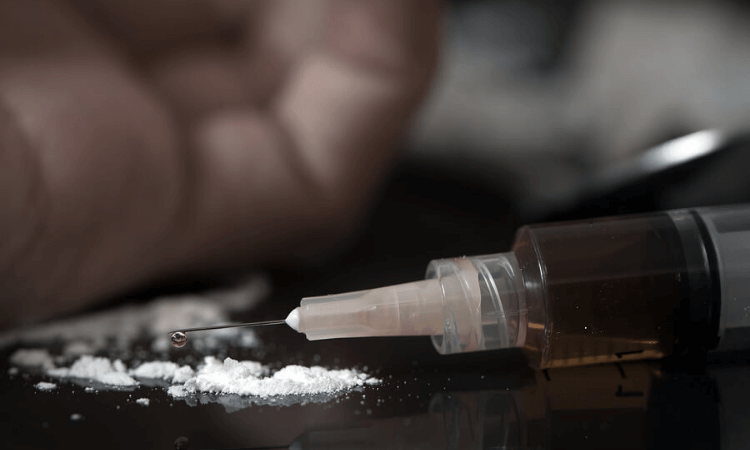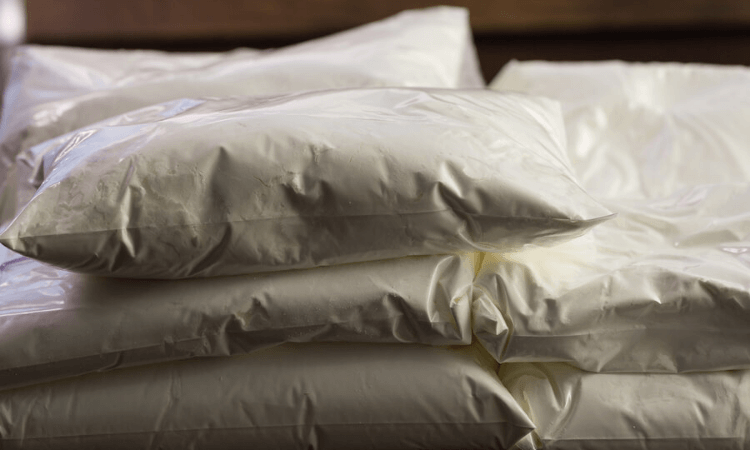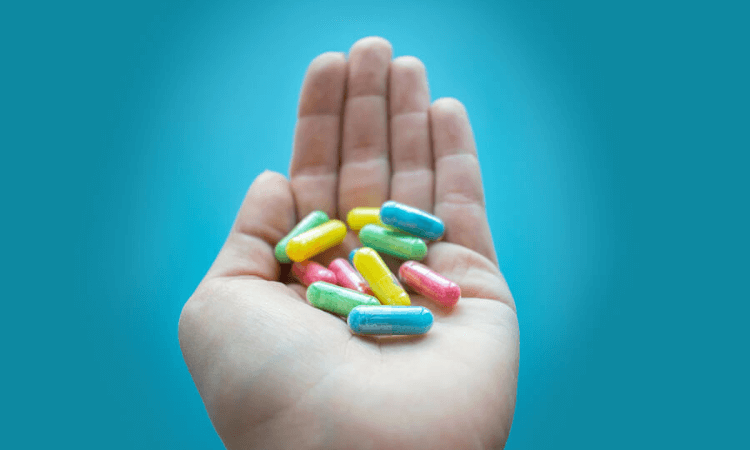
Most Common Types of Heroin – The most common types of heroin found in the U.S. are white powder, brown powder, and black tar. Heroin is an addictive semi-synthetic opiate street drug made from morphine. It comes in a variety of forms, colors, textures, and cuts. Drug trafficking cartels from several countries smuggle heroin into the U.S., and as a result, different types of heroin can be found in different regions of the country.
Regardless of form, all types of heroin are considered to be highly addictive and can lead to overdose. More than 13,000 Americans died in 2016 from an overdose that involved heroin. Many of those overdoses were caused by heroin laced with fentanyl, a humanmade opioid that is up to 50 times more potent than heroin itself.
Types of Heroin
White Powder Heroin
Most heroin sold in the east presents as a fine, white to off-white powder that originated in Mexico and South America. Although white powder heroin undergoes extensive processing and is, therefore, more refined than other forms, the drug that is commonly found on the streets is never pure heroin. Dealers typically combine the drug with cutting agents, other intoxicating substances, and adulterants (pharmacologically active ingredients) to stretch their supply and thereby increase profit.
Common cutting agents include talc, sugar, lactose, quinine, and caffeine. These additives can alter the heroin’s appearance and account for color variations, which can range from white to beige to pink. White powder heroin sometimes smells a bit like vinegar and has a bitter taste, and can easily be mistaken for cocaine.
Because white powder heroin dissolves readily in water, many users inject the drug to obtain the fastest, most intense effects. Some snort it, but it is not commonly smoked in this form because it burns at a much higher temperature than other types of heroin. Injecting any form of heroin is particularly risky because it increases the risk of infections, abscesses, collapsed veins, and the contraction of blood-borne diseases such as hepatitis B and C and HIV/AIDS.

Brown Powder Heroin
Brown powder heroin is produced in Mexico and used to be sold primarily in the western U.S., but has also been showing up in cities in the Midwest and along the East Coast. Often referred to as Mexican brown, brown powder is more refined than black tar heroin (see below) but is less expensive than white heroin. Some brown powder is produced from black tar heroin that is crushed and laced with cutting agents to make it easier to snort.
Because brown powder can be smoked or snorted and doesn’t require intravenous injection, it has gained popularity among suburban teenagers and others who might never before have considered using heroin due to a fear of needles, track marks, and blood-borne disease. Brown powder ranges from light beige to a dirty brown depending on cutting agents that have been added.
Black Tar Heroin
Black tar heroin is a very dark-colored form of heroin that can be found as a gooey consistency or tarry, rock-like form. Also produced in Mexico, black tar heroin is the most common form available in the western parts of the United States. But, like brown powder, in recent years it’s been found at increasing frequency in the Midwest and East Coast.
Sometimes called Chiva or Mexican tar, black tar is much less refined than powder forms of heroin. The dark color, which ranges from a deep red color to dark brown or black, is the result of contaminants in the refinement process. This form also tends to have a strong vinegar smell.
Black tar heroin is most often diluted and injected or smoked. Like white powder, injecting black tar heroin can result in a number of health problems, including serious skin infections, abscesses, and collapsed veins.
Other Types of Heroin
Amidst the ongoing opioid crisis, other forms of heroin have also been found on the streets. Some of these drugs contain a lethal mix of heroin and other substances, such as fentanyl or cocaine. It’s not uncommon for potential users to be unaware of precisely what it is in the product that they are purchasing.
China White
At one time, the term China White referred to a pure form of white powder heroin produced in Southeast Asia. Today, the name is more commonly used as a slang term for powder heroin that is also mixed with fentanyl or other analogs of fentanyl. China White can also refer to just fentanyl sold as heroin or a heroin-like product.
Both China White and fentanyl itself have terrifying reputations, and fentanyl-laced heroin has been associated with the recent spike in opioid-related overdose fatalities.
Speedball
A speedball is a combination of heroin, which is a central nervous system (CNS) depressant and a stimulant—usually cocaine, but meth is also used, though not as frequently. These two types of drugs, when used in conjunction, can create a dangerous tug-of-war effect on the body. While heroin acts on the CNS to slow breathing and induce drowsiness, cocaine (and meth) increase heart rate and blood pressure and can cause anxiety and agitation.
Taking a speedball, or “speedballing,” as it is commonly referred to, can result in stroke, heart attack, brain aneurysm, or respiratory failure. Speedballs are also increasingly laced with fentanyl, making this drug cocktail even more dangerous and potentially lethal.
Gunpowder Heroin
Gunpowder heroin is a more soluble, stronger version of Mexican black tar heroin that has been found on the West Coast. It first appeared in San Francisco in 2012 and remains relatively uncommon. Gunpowder heroin is a sticky powder or a solid that crumbles easily, or a mixture of powder and solid chunks.
In any case, as the name would suggest, it often resembles gunpowder or coffee grounds. The color is usually a solid black or dark grey but may also contain white or black specks. Due to its increased solubility versus black tar heroin, it is easier to inject, and its relatively lower cost may contribute to its popularity among some users.
Scramble

Scramble is a combination of white or brown powder heroin and other substances packed into a gelatin capsule. It can also include a wide range of additives, drugs, or alterants, including quinine, lactose, benzodiazepines, prescription painkillers, and fentanyl. Scramble is a particularly popular form of heroin in Baltimore, and as heroin’s popularity in the U.S. continues to grow, the country’s drug supply has become increasingly diverse and lethal.
Treatment for Heroin Addiction
It is critical to understand that while some types of heroin and their methods of administration have their own unique set of problems, no form of heroin is safe to use. If you or someone you love is experiencing problems related to heroin use, professional treatment is the best option for achieving abstinence, avoiding relapse, and maintaining long-term sobriety.
Recovery in Tune offers comprehensive addiction treatment including evidence-based services vital to the recovery process such as therapy and counseling. We employ compassionate addiction specialists who are dedicated to providing each client with the tools, care, and support they need to reclaim their lives free from addiction to drugs or alcohol.
Contact us today to discuss treatment options and learn how we help people experience the healthy and satisfying lives they deserve!